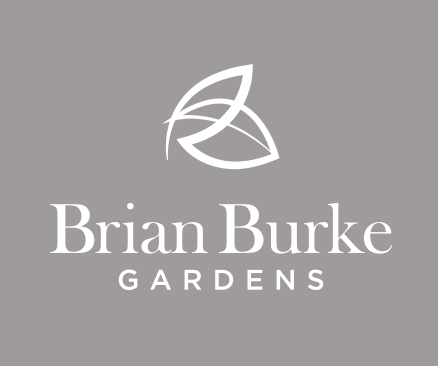Marginal land. It comes up fairly frequently. How do we make it productive, how do we treat it, what can be done with it? A surprisingly large percentage of agricultural land in this country can be defined as marginal land.
According to the OECD’s glossary of statistical terms, “Marginal land is land of poor quality with regard to agricultural use, and unsuitable for housing and other uses”.
We have heard reference being made to fuel crops and forestry as productive uses for marginal land but from what I can gather it is just anecdotal. There seems to be no coherent strategy for, first of all, identifying grades of marginal land and, secondly, establishing guidelines for its productive use.
We continually hear that large scale commercial farming practices and herbicide and pesticide use are necessitated by the need to feed a planet of seven billion people, but is this really the case? Next time you take a drive in the country side take a look at how productively our land stock is being used. And that’s the good land. Swathes of fields are left idle, others not being fully exploited. Yields are required to be enhanced chemically because only a fraction of viable land is being used for food production. The point is that if we can’t figure out ways to get the best from our good land what hope does the poor marginal stuff have?
I talked a few weeks ago about Manchán Magan and his vision for the midlands as a potential Napa Valley for organic fruit and vegetable production. It seems to make perfect sense; the land stock and expertise is here, the market is growing, it is economically viable. It seems to me that a strategy to get us started down Manchan’s road could easily include a plan for productive redeployment of marginal land.
Land may be marginal for a number of reasons; poor water supply, poor soil quality, inadequate drainage, terrain challenges such as excessive slope, challenging geology such as excessive rock or inaccessibility. I think if I was a farmer with land falling into these categories I would be anxious to explore means of extracting some form of return from it.

Anyhoo take a look at the photo above, it was taken in Monasterevin a few days ago. The 0.5 acre garden in question sweeps from the Main Street down to the banks of the River Barrow, a hundred yards from the square. I was fascinated by the phrase on the sign “Suitable for many uses”. Whatever could they mean by this? Vegetables, fruit, herbaceous, forestry, bonsai? That’s a lot of uses, that must be it. They couldn’t possibly mean that this delightful setting could be used to throw up some hideous apartment building, could they? I think that’s exactly what they mean.
It’s interesting that the suggestion of a change of use is deemed to be required to produce a bit of interest. A half acre garden in a unique setting is seemingly insufficient but the judiciously placed “suitable for many uses” throws it open to the “developer” in us all.
I agree, it is suitable for many uses, and none of them involve dong any more to it than hanging a new gate and cutting back a few briars. Oh the soulless realtor and his insistence on casting as wide a net as possible with his tantalising invitation “suitable for many uses”. Something tells me a brief search of his car would unearth a dispiriting number of Garth Brooks albums. It reminds me of that boomtime billboard advertising a site on the left hand side of the dual carriageway heading east between Newlands Cross and the Red Cow “a green field is an opportunity”.
Correct , a green field is an opportunity – to grow the finest organic vegetables the world has ever tasted. Just like Manchan suggested.
Suitable for many uses. A green field is an opportunity. Was it for this?

Leave a Reply